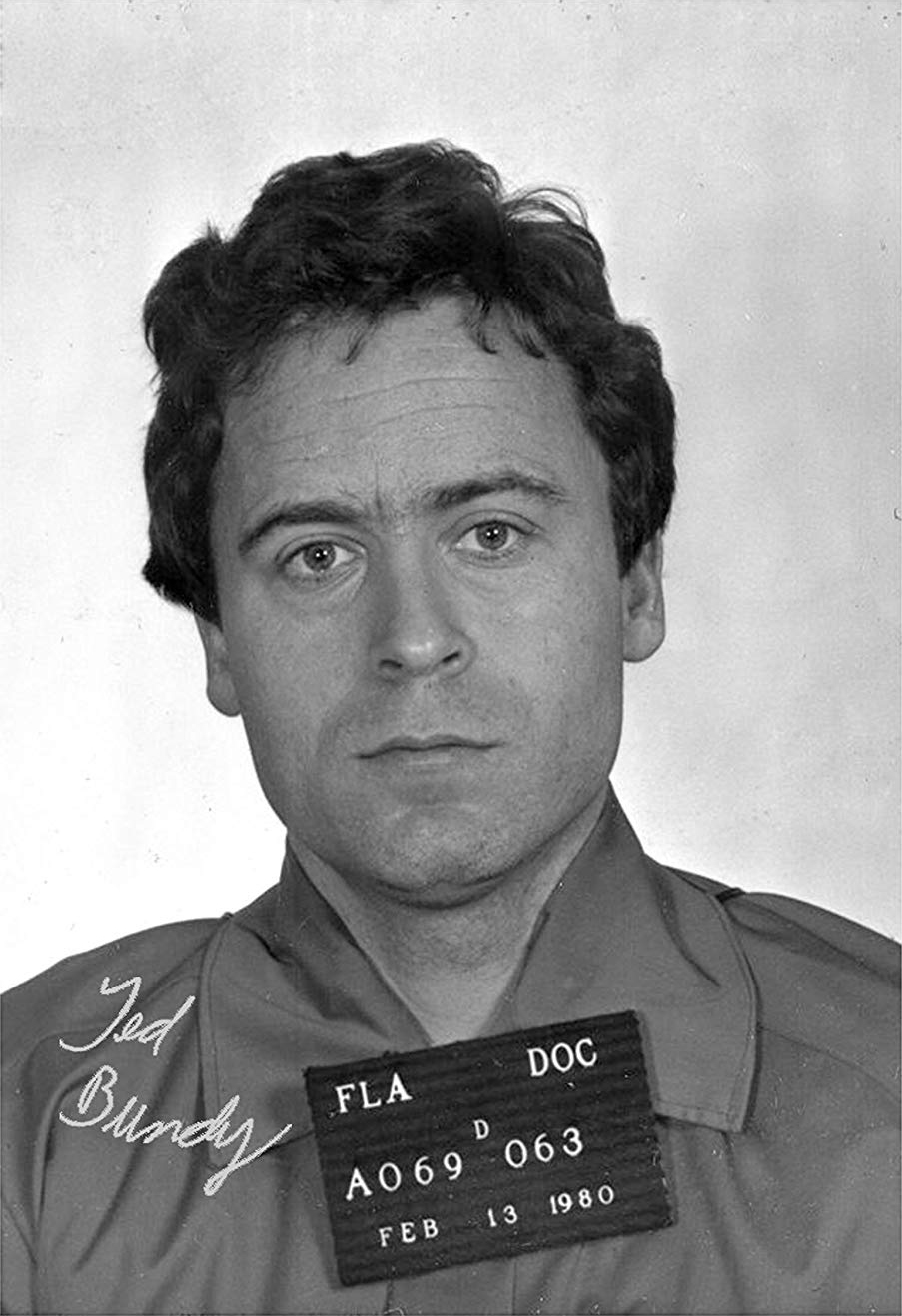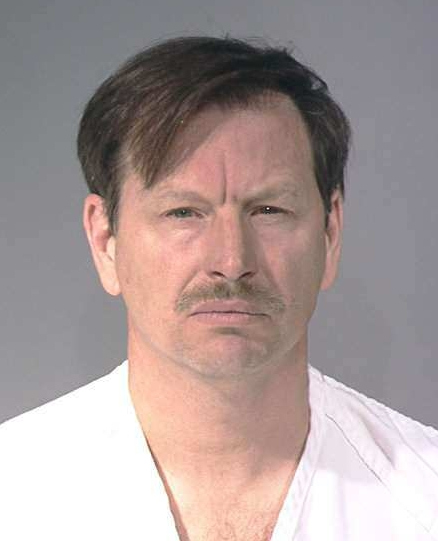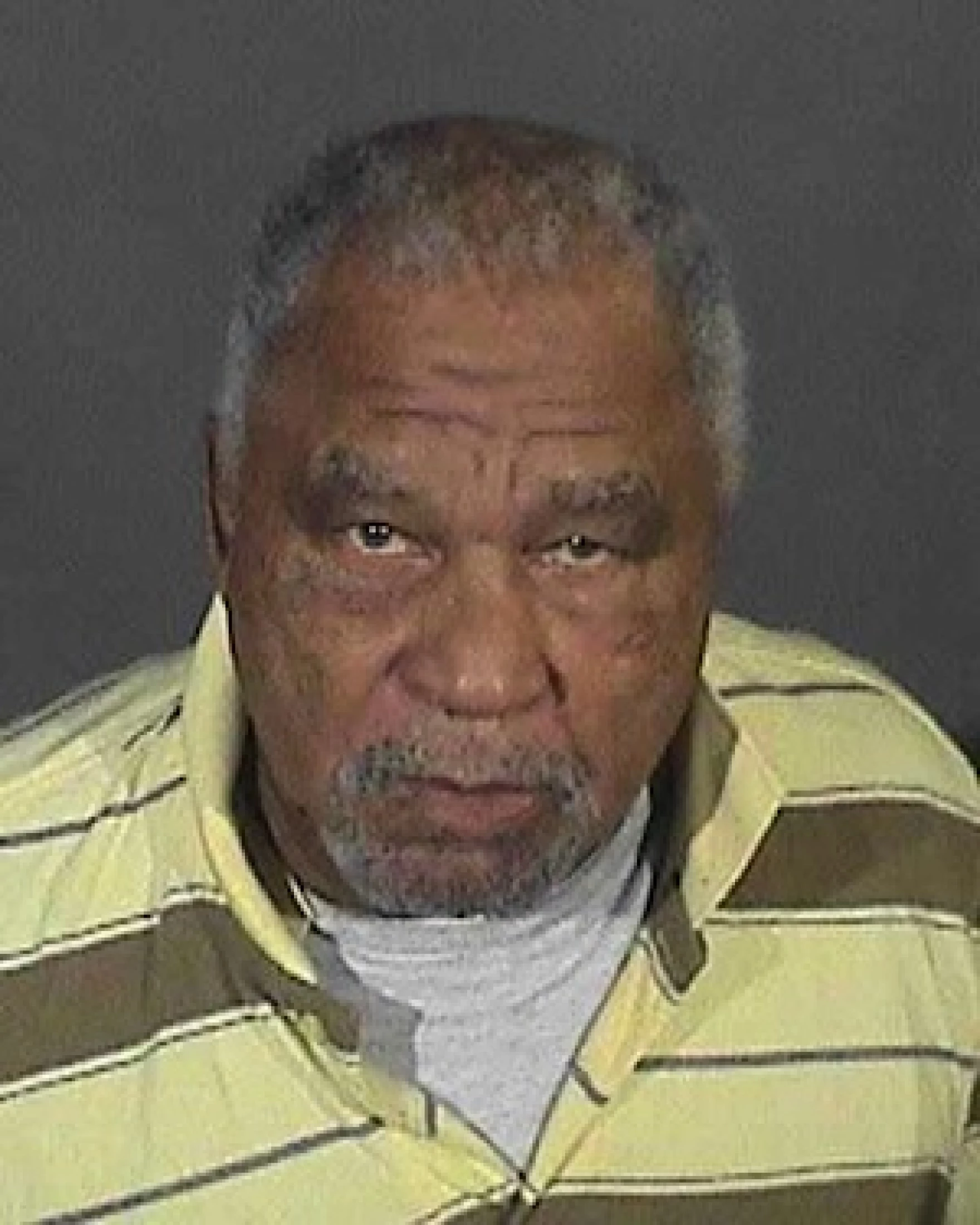- When Science Meets Crime: The Rise of BioTech Fraud in China - April 22, 2025
- How Sports Betting Is Fueling a New Era of Crime Networks - April 10, 2025
- The Dark Side of Influencer Parenting: The Case of Ruby Franke - April 8, 2025
Ted Bundy: The Charismatic Killer

Ted Bundy is often remembered not just for the gruesome nature of his crimes but for the chilling charisma he wielded as a weapon. In the 1970s, Bundy confessed to the murder of more than 30 young women, although authorities suspect the actual number could be much higher. His modus operandi involved approaching women in public places, using his charm and feigned vulnerability to gain their trust. He would often pretend to be injured or in need of help, making it easier to lure his victims into isolated locations. Bundy’s ability to blend seamlessly into society made him an especially dangerous predator. Despite his execution in 1989, the haunting legacy of his crimes continues to captivate and terrify those who study his case.
John Wayne Gacy: The Killer Clown

John Wayne Gacy, notorious as the “Killer Clown,” left an indelible mark on criminal history with his heinous acts. Between 1972 and 1978, Gacy was responsible for the deaths of at least 33 young men and boys. He lured his victims to his home under the guise of offering work or shelter, only to torture and murder them. Gacy’s double life as a friendly clown at children’s parties starkly contrasted with his sinister actions, adding a chilling layer to his persona. Following his arrest in 1978, the horrifying details of his crimes shocked the nation. Gacy was executed in 1994, yet his story remains a grim reminder of the evil that can hide behind a friendly face.
Jeffrey Dahmer: The Milwaukee Cannibal

Jeffrey Dahmer, dubbed the Milwaukee Cannibal, is infamous for his gruesome series of murders. Between 1978 and 1991, Dahmer took the lives of 17 young men and boys, engaging in acts of necrophilia and cannibalism. He would often meet his victims in bars or on the street, luring them back to his apartment with promises of money or companionship. Once there, he drugged, strangled, and ultimately dismembered them. Dahmer’s arrest in 1991 unveiled the full horror of his deeds, leading to a conviction for 15 consecutive life terms. However, his life ended abruptly in 1994 when he was killed by a fellow inmate. Dahmer’s case remains a chilling example of the darkest depths of human depravity.
Aileen Wuornos: The Female Serial Killer

Aileen Wuornos stands out in the annals of crime as one of the few female serial killers to gain widespread notoriety. Between 1989 and 1990, she murdered seven men in Florida, claiming they had attempted to assault her. Wuornos’ life was marked by abuse and hardship, elements that shaped her path of violence. Her arrest in 1991 led to a trial that captivated the nation, culminating in her execution in 2002. Wuornos’ story has been retold in numerous films and documentaries, offering a complex portrait of a woman driven to kill by a lifetime of trauma and adversity.
Gary Ridgway: The Green River Killer

Gary Ridgway, known as the Green River Killer, is one of the most prolific serial killers in American history, with 49 confirmed murders. Operating primarily in Washington State during the 1980s and 1990s, Ridgway targeted vulnerable women, many of whom were sex workers or runaways. Despite a lengthy investigation, he evaded capture for decades, leading to widespread fear and frustration. Advances in DNA technology eventually led to his arrest in 2001, and Ridgway pleaded guilty to avoid the death penalty. He is serving a life sentence without parole, a testament to the challenges law enforcement faces in apprehending such elusive predators.
Samuel Little: The Most Prolific Serial Killer

Samuel Little’s case is a chilling reminder of the potential for evil to go undetected for years. Identified as the most prolific serial killer in U.S. history, Little claimed responsibility for over 90 murders, primarily targeting marginalized women. His crimes spanned from the 1970s to 2005, with victims often struggling with addiction or homelessness. Little’s arrest in 2012 for unrelated charges led to DNA evidence connecting him to multiple cold cases. His confessions in 2018 have prompted law enforcement to continue verifying his claims, highlighting the importance of cold case investigations in seeking justice for forgotten victims.
Richard Ramirez: The Night Stalker

Richard Ramirez, infamously known as the Night Stalker, unleashed a reign of terror in Southern California during the mid-1980s. Convicted of 13 murders, as well as numerous sexual assaults and burglaries, Ramirez’s crimes were characterized by their sheer brutality and randomness. He targeted victims in their homes, preying on the fear and vulnerability of his unsuspecting targets. Ramirez’s capture in 1985 came after a dramatic chase and capture by local residents, underscoring the community’s desperation to stop his deadly spree. Although he died in prison in 2013, the fear he instilled lingers in the memories of those who lived through his horrific attacks.
Ed Gein: The Butcher of Plainfield

Ed Gein’s gruesome crimes have inspired countless horror films, cementing his place in the annals of American criminal history. Active in the 1950s, Gein was convicted of two murders, though he was suspected of many more. His macabre activities included exhuming corpses from graveyards and crafting items from their remains. Gein’s arrest in 1957 revealed a house of horrors that shocked the nation and raised questions about mental illness and the nature of evil. He was declared insane and spent the remainder of his life in a mental institution, leaving behind a legacy that continues to haunt the public imagination.
Dennis Rader: The BTK Killer

Dennis Rader, known as the BTK (Bind, Torture, Kill) Killer, terrorized Wichita, Kansas, with his series of murders from 1974 to 1991. Rader’s ability to maintain a façade of normalcy as a family man and church leader made his eventual capture all the more shocking. He taunted law enforcement and the media with detailed letters about his crimes, challenging authorities to catch him. Rader’s arrest in 2005 ended a decades-long investigation and highlighted the difficulties in apprehending serial killers who can seamlessly blend into their communities. He is currently serving 10 consecutive life sentences, ensuring that he will never again walk free.
The Impact of Serial Killers on Society

The phenomenon of serial killers leaves a profound impact on society, influencing everything from law enforcement practices to media coverage and public perceptions of crime. The fear generated by these individuals often leads to heightened security measures and changes in community behavior. Moreover, society’s fascination with serial killers has fueled a steady stream of documentaries, books, and films, reflecting a morbid curiosity about the darker aspects of human nature. Understanding the psychology behind these killers can play a crucial role in preventing future crimes and providing support to victims’ families.




